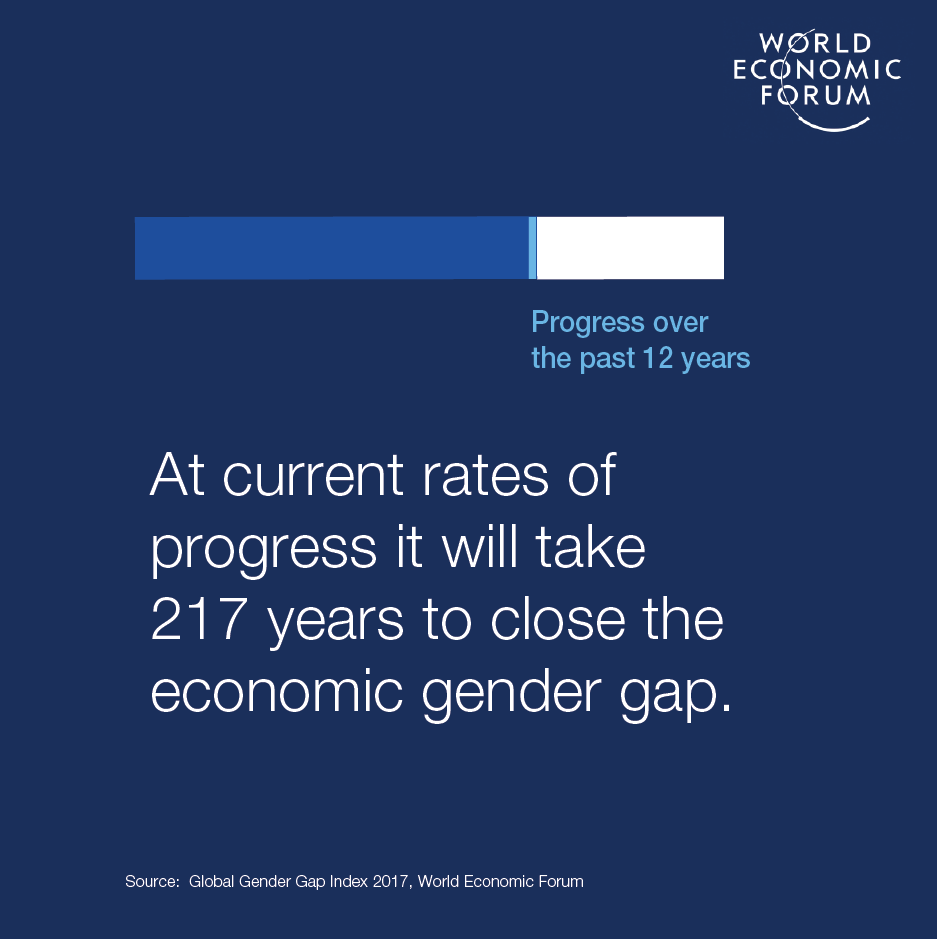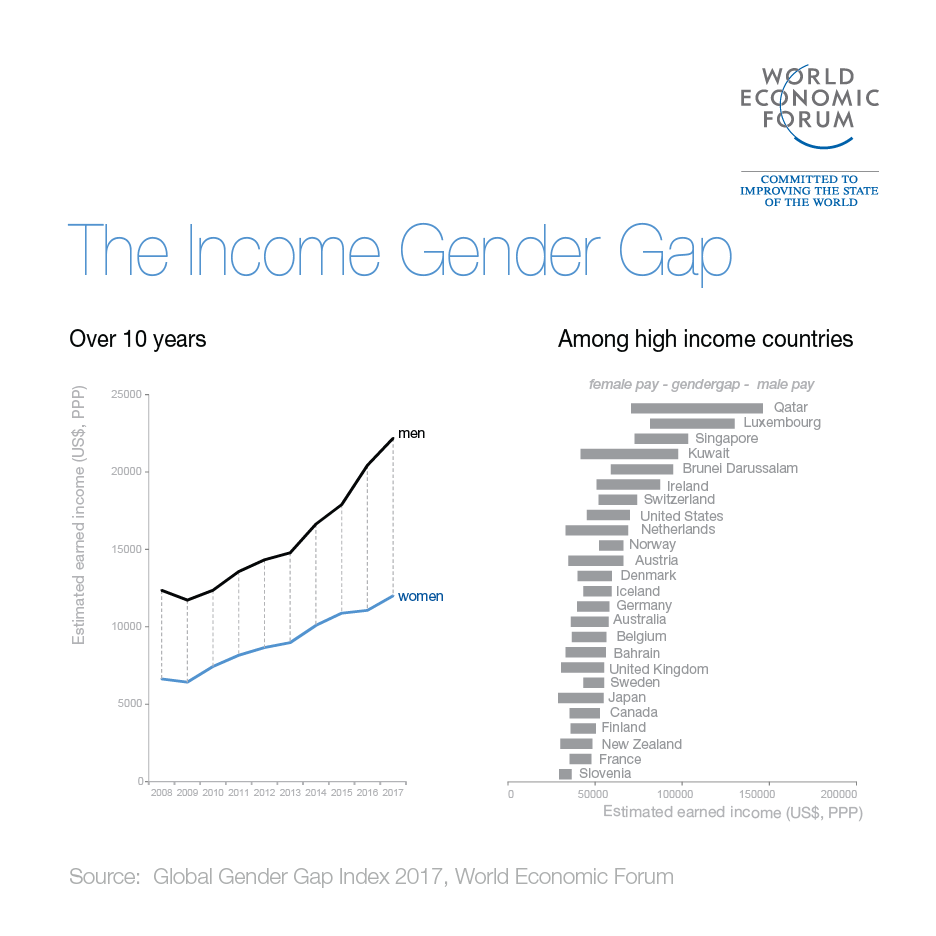
The Incredible Transformation for Gender Equality at Salesforce
One of our amazing listeners in Colorado, and a definite Genuine Driven Woman, shared a very interesting 60 Minutes interview with us last week. It was an interview Leslie Stahl did with the CEO of Salesforce, Marc Benioff. In this interview, Marc discussed how he made it a priority to create true gender equality within Salesforce, to include all the companies they acquire as they continue to grow. What Salesforce has been able to do in such a short period, to ensure gender equality, is pretty incredible. I have shared the video here if you would like to watch it:
Salesforce, which is a tech company, is the perfect example of just how hard it can be to close the gender pay gap. Salesforce is huge. They have 30,000 employees, $10 billion in annual revenue, and Fortune ranked them the number one best place to work among big companies.
The Gender Issue at Salesforce
In 2015, Cindy Robbins, who runs the Salesforce human resources department came to talk to Marc about equal pay for women, she had a concern that women were still not receiving equal pay. Marc was very confident that she was wrong. He was sure that because he had made gender equality such a high priority, that they would find the pay was closer to equal than Cindy suggested. He asked her if they needed to audit the payroll. Cindy questioned, “Will you fix it if we audit the payroll and discover gaps?” He gave his word that they would make it right, so they decided to do the audit. What they discovered astounded him. In spite of making his priorities known, there were widespread gender-based gaps in pay.
It was “Just Everywhere. It was through the whole company, every division, every department, every geography.” ~Marc Benioff (Regarding the lack of Gender Equality)
And… He did fix it. It cost Saleforce about $3 million to do those adjustments the first year and more than 10% of the women at Salesforce got bigger paychecks.
Marc discussed, “There’s a cultural phenomenon where women are paid less. And the World Economic Forum says that it’ll take more than 100 years for us to pay men and women equally. So, we better get going now.”
The current status of gender equality around the world
I read the 2017 report from the World Economic Forum, this report rates progress for gender parity in four key areas:
• Economic Participation and Opportunity
• Educational Attainment
• Health and Survival
• Political Empowerment
Overall, the report did say, “On current trends, the overall global gender gap can be closed in exactly 100 years across the 106 countries covered since the inception of the Report, compared to 83 years last year. Given the continued widening of the economic gender gap, it will now not be closed for another 217 years. However, the education–specific gender gap could be reduced to parity within the next 13 years.”

What is driving the gender gap?
One of the issues driving the gender pay gap, including at Salesforce, is the lack of women in executive leadership roles. Marc Benioff discussed when he went into a leadership meeting of a recent acquisition and discovered that only men were in the room, he asked where all the women were. They said there were no women in the positions that normally attended this meeting. So, Marc required that as least 30% of the room include women from then on so he could be sure that he was getting diverse input from his workforce. To be clear, he did not automatically promote women to attend, rather they identified high potential women form the work force and had them attend in addition to the normal leadership positions that attended before this change.
Marc Benioff said gender equality is a total package with four components:
- Equal opportunity
- Equal advancement
- Equal pay
- Me too – preventing sexual harassment
Lesley Stahl said,” We had the #MeToo women speak up, and now we’ve had a rash, small rash, but a rash of women speaking out and saying, “I’m not paid the same.” It’s interesting that it’s coming at the same time as #MeToo. It’s as if women are gaining muscles.”
The Impact of Unconscious Bias
Ellen Kullman, the former CEO of DuPont, found one thing was holding women back – especially when it came to promotions – unconscious bias. For example, when men have kids – their pay increased by an average of 6%, when women’s pay increased, their pay decreases, on average by 6%.
What is unconscious bias? The University of California, San Francisco give an excellent explanation on their website. Bias is a prejudice in favor of or against one thing, person, or group compared with another usually in a way that’s considered to be unfair. Biases may be held by an individual, group, or institution and can have negative or positive consequences.
There are two types of biases:
1. Conscious bias (also known as explicit bias) and
2. Unconscious bias (also known as implicit bias)
It is important to note that biases, conscious or unconscious, are not limited to ethnicity and race. One’s age, gender, gender identity physical abilities, religion, sexual orientation, weight, and many other characteristics are subject to bias. Unconscious biases are social stereotypes about certain groups of people that individuals form outside their own conscious awareness. Everyone holds unconscious beliefs about various social and identity groups, and these biases stem from one’s tendency to organize social worlds by categorizing.
Unconscious bias is far more prevalent than conscious prejudice and often incompatible with one’s conscious values. Certain scenarios can activate unconscious attitudes and beliefs. For example, biases may be more prevalent when multi-tasking or working under time pressure.
According to the research on unconscious bias, everyone has some kind of bias, even if they aren’t aware of it. Harvard University has an online test where you can take a Implicit Association Test (IAT). This is a test designed to identify if you have unconscious bias. The one I found was geared toward gender based role biases.
Click Here to take the Gender Career-Family Implicit Association Test
Even though I am a successful woman in the work place, as was my mom and stepmother were before me, my results from the Harvard University IAT suggested that I have a slight automatic association for “Male with Career” and “Female with Family.” Given this, you can see how hard it could be to change Unconscious biases in the workplace, after all – I am a person who spends quite a lot of my time now and for the last 20+ years trying to change the way others think about women in non-traditional female roles. This is why we must find ways to recognize it and realize this bias ingrained into us very early in our lives and then make a point to go against it to make the changes that need to be made. (This goes for all types of bias, conscious and unconscious.)
Unconscious Bias Training
There is unconscious bias training to help people recognize when they may be biased, inappropriately. Some examples of this were seen just this last week as a result of an incident in a Starbucks in Philadelphia. Now, the Starbucks corporation plans to close 8,000 stores will be closed, across the country, on May 29th. This is because a Starbucks manager, in Philly, called the police on two African American men who were sitting in the store, waiting on a friend. This type of training can be very useful, and it will be interesting to see what the impact will be at Starbucks. Companies could do research and find Unconscious bias training courses that have shown to make a difference and offer training to their employees as well, but companies should be careful – if it is just a course with death by power point, it may be largely a waste of money. This type of training is going to take discussion, interaction and exercises so that people recognize when they are making biased decisions they did not expect to make.
Business Leaders Working Together to Make An Impact
Ellen Kullman, the former DuPont CEO is making a difference for women. She is now the co-chair, along with Jewelle Bickford, and Sandra Beach Lin, of Paradigm for Parity®. Together, they are leading a coalition of business leaders dedicated to addressing the gender gap. According to the Paradigm for Parity® website, the coalition is made up of CEOs, senior executives, founders, board members, and business academics who are committed to achieving a new norm in the corporate world: one in which women and men have equal power, status, and opportunity.
Our ultimate goal is to achieve full gender parity by 2030, with a near-term goal of women holding at least 30% of senior roles. ~Ellen Kullman
The Paradigm For Parity website has a toolkit to help businesses make necessary changes to bring gender equality to the work place.

Their roadmap includes the following 5 steps:
1. Minimizing Unconscious bias
2. Significantly increase the number of women in senior operating roles, with a goal of 50/50
3. Measure targets at every level and set measurable goals.
4. Base career progress on Business results and performance, not on presence. Give men and women more control over how and where they work, whenever possible. Find ways to be more flexible to meet employee needs.
5. Identify women on high potential and give them SPONSORS as well as MENTORS. Men who are still the majority of leaders have a huge responsibility to advocate for women.
Be Part of the Solution
There is no reason it should take 100 years to create gender parity, at least not in the United States of America, and there is absolutely no reason it should be going backwards. We will all have to work together, men and women, across the country to make a difference. We all have Unconscious bias, and some of that is a bias against men who take on non-traditional roles for men, such as being the primary care giver for the children in the home. Pay attention to what you say you think, out loud, and the snap decisions you make on a daily basis. Are they aligned? We are unnecessarily limiting ourselves, our organizations, and our nation with our biases, conscious and unconscious. Make a decision to be part of the solution.
It will take direct and deliberate action to make the required changes and make gender equality a reality in the next 12 years.
